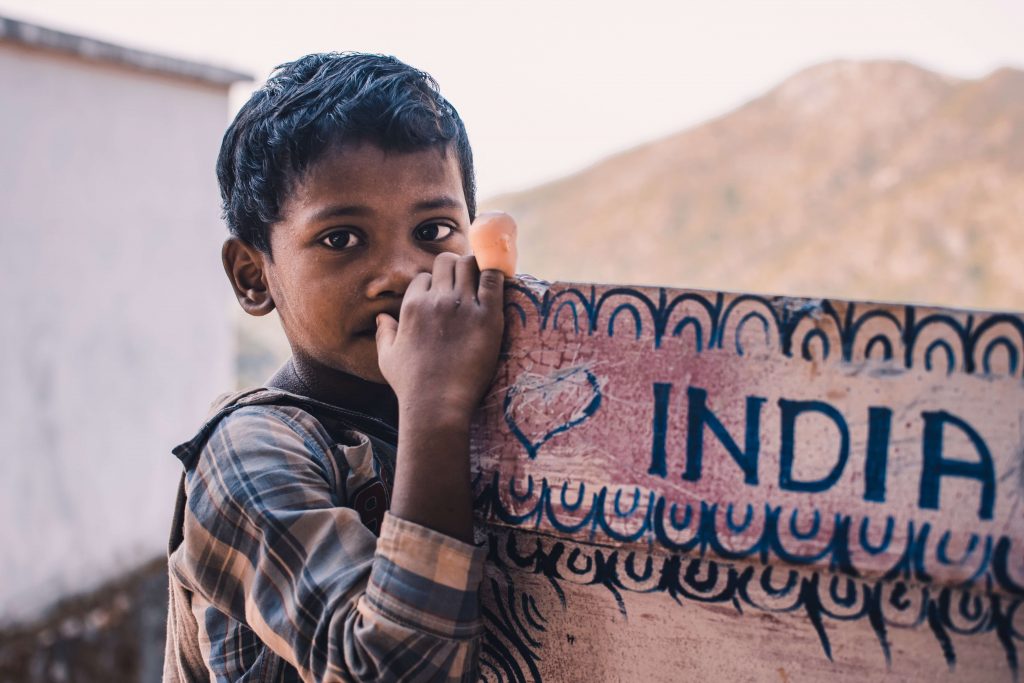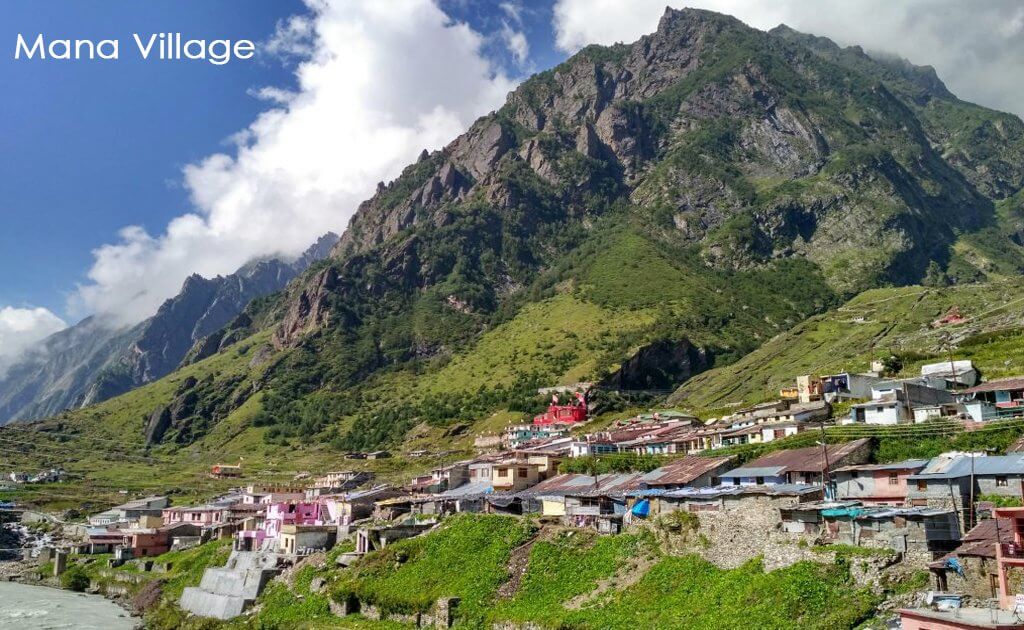It is believed by every Indian that the true identity of our country lies in our history and mythology. Our mythology has given birth to different religions in our country and has made India culturally the richest country in the world. The birth of our religion through mythology has turned a whole demographic of people to believe that it is in fact our history. Whether or not that is true, is still a mystery. But to their credit, you may find a lot of physical evidences, suggesting that the stories told in mythology occurred in real life also. Making such places a tourist attraction, you may find evidences of “Ramayana” and “Mahabharata” in different parts of our country. In the south you have the Adam’s bridge, which can be considered as a physical evidence of a story from “Ramayana”. Likewise, in the north, you will find such evidences for “Mahabharata” in a village called Mana.
Religious and mythological significance –
Mana is considered to be the last Indian village. It is the final town before the Mana Pass and is 26 kilometres from the Indian-Tibetan border. The settlement is around 3 km from the Hindu Pilgrimage, Badrinath, and the two sites are culturally inter-connected as well. The mountains around Badrinath are referenced in the Mahabharata, when the Pandavas were fabled to have died one by one while ascending the slopes of Swargarohini (literally meaning ‘Ascent to Heaven’). On their route to Svarga, the Pandavas went via Badrinath and Mana, 4 kilometres north of Badrinath (heaven). The town features a stone bridge called the ‘Bheema Pul’ along the Saraswati River, which is said to have been built by Bheema, one of the five Pandavas. There is also a cave near Mana where Maharshi Vyasa is said to have recited the Mahabharata. Another cave is known as Ganesh Gufa, and people visit both of these on a regular basis. The Ganesh gufa is said to be the place where the deity Lord Ganesh is said to have written the Mahabharata with his tooth (hence his name, Ekadanta), as Maharshi Vyas recited it to him. The structure of the Vyas Gufa also gives an onlooker, some semblance to a stack of papers. It is known as the “Vyas Pothi”, literally translated as “Vyas book”.
The last India village –
Mana village is located in Uttarakhand’s Chamoli district, at an elevation of 3200 metres, on the banks of the Saraswati river. This lovely place is located 26 kilometres from the Indo-Tibetan border, making it India’s last settlement. If you ever visit the area, you will find shopkeepers selling their wares with the label ‘last village,’ such as ‘India’s Last Tea and Coffee Corner,’ which is both intriguing and humorous. Chitkul is essentially the final inhabited village on the border between Indo-Tibet/China, although Mana is officially recognised as the ‘last Indian settlement.’
It is not surprising that the government of Uttarakhand has designated this to be a “Tourism Village,” because it has numerous hiking places, a waterfall, the mystical Saraswati River, ancient temples, and, exquisitely carved and decorated village cottages, among other many other things adorning Mana village or Mana Gaon. The next time you plan your vacation to Uttarakhand, add Mana in your tour. It is true that a pleasant stroke of serendipity comes out of nowhere. Your recollections will surely last a lifetime in this last Indian town.

The last India village –
Mana village is located in Uttarakhand’s Chamoli district, at an elevation of 3200 metres, on the banks of the Saraswati river. This lovely place is located 26 kilometres from the Indo-Tibetan border, making it India’s last settlement. If you ever visit the area, you will find shopkeepers selling their wares with the label ‘last village,’ such as ‘India’s Last Tea and Coffee Corner,’ which is both intriguing and humorous. Chitkul is essentially the final inhabited village on the border between Indo-Tibet/China, although Mana is officially recognised as the ‘last Indian settlement.’
It is not surprising that the government of Uttarakhand has designated this to be a “Tourism Village,” because it has numerous hiking places, a waterfall, the mystical Saraswati River, ancient temples, and, exquisitely carved and decorated village cottages, among other many other things adorning Mana village or Mana Gaon. The next time you plan your vacation to Uttarakhand, add Mana in your tour. It is true that a pleasant stroke of serendipity comes out of nowhere. Your recollections will surely last a lifetime in this last Indian town.


